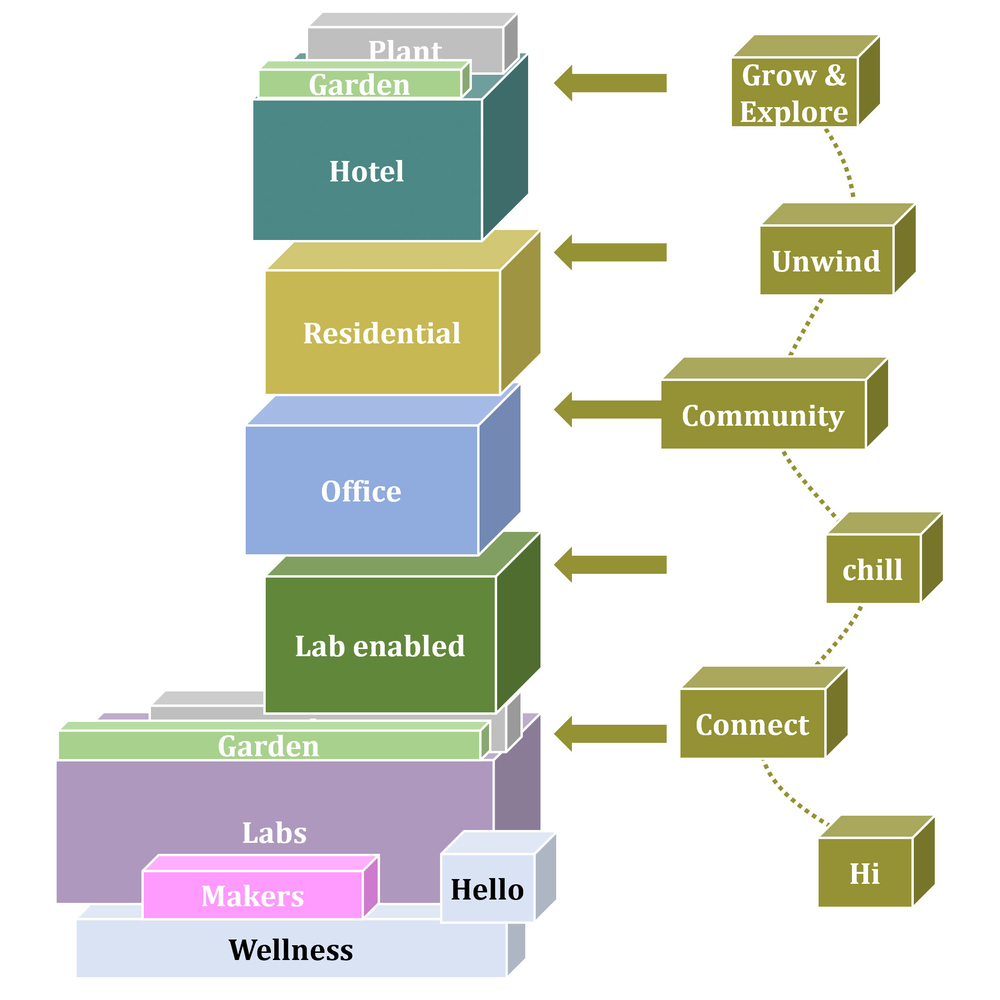Slowdown In Transforming Dutch Vacant Commercial Spaces Into Housing: An Analysis

Table of Contents
Bureaucratic Hurdles and Planning Regulations
Navigating the Dutch planning system for property conversions presents a significant challenge. The process is often characterized by complexity and lengthy delays, discouraging developers and hindering progress.
- Lengthy Approval Processes: Obtaining the necessary permits can take months, even years, due to bureaucratic procedures and multiple layers of approvals.
- Stringent Building Codes: Strict building codes and regulations, designed to ensure safety and quality, can significantly increase costs and complexity.
- Zoning Restrictions: Restrictions on the types of buildings permitted in certain zones often limit the feasibility of conversion projects.
- Lack of Clarity in Guidelines: Ambiguous or outdated guidelines can lead to delays and disputes, further complicating the process.
These hurdles significantly impact developers' timelines and investment decisions. The uncertainty and potential for protracted delays increase the financial risks associated with conversion projects, making them less attractive to investors. For instance, a project in Amsterdam faced a two-year delay due to disagreements over zoning regulations, resulting in substantial cost overruns.
Financial Constraints and Investment Challenges
The rising costs associated with construction and renovation in the Netherlands pose another significant obstacle. Several factors contribute to this challenge:
- Inflation: Soaring inflation increases material and labor costs, making projects more expensive.
- Material Shortages: Global supply chain disruptions lead to shortages of essential building materials, driving up prices.
- Skilled Labor Scarcity: A shortage of skilled construction workers further inflates labor costs and extends project timelines.
- Increased Interest Rates: Higher interest rates make securing financing more challenging and increase the overall cost of borrowing.
Securing financing for these projects is becoming increasingly difficult. The increased risks associated with lengthy planning processes and rising costs make lenders hesitant to invest. While government subsidies and incentives exist, they often fall short of bridging the gap between project costs and available funding. More substantial and accessible financial support is crucial to incentivize conversion projects.
Market Demand and Property Suitability
While the need for housing is undeniable, the suitability and demand for converted commercial spaces vary significantly depending on location and type.
- Preference for Specific Building Types: There is often a preference for specific types of converted spaces, such as loft apartments, while others may be less desirable.
- Location Limitations: The desirability of a converted space is heavily influenced by its location; those in less desirable areas may face difficulties attracting tenants.
- Competition with New-Build Housing: Converted commercial spaces face competition from newly constructed housing developments, particularly in areas with high demand.
Many existing commercial buildings present structural limitations that make conversion costly and complex. Adapting commercial structures to meet residential building codes and create comfortable living spaces requires significant investment and expertise. A mismatch between the type and location of available properties and actual market demand further contributes to the slowdown.
Sustainable Development and Energy Efficiency Requirements
The Netherlands is committed to sustainable development, leading to increasingly stringent energy efficiency standards for buildings. This adds another layer of complexity to conversion projects.
- Higher Renovation Costs: Meeting these standards often necessitates expensive renovations and retrofitting, increasing project costs.
- Complex Retrofitting Requirements: Integrating sustainable technologies and improving energy efficiency in existing buildings can be technically challenging.
- Compliance Challenges: Navigating complex regulations and ensuring compliance with energy efficiency standards adds time and expense to the process.
However, the focus on sustainable building materials and technologies also presents opportunities. Innovative solutions, such as utilizing recycled materials and implementing smart energy systems, can reduce costs and enhance the sustainability and appeal of converted spaces.
Conclusion: Reinvigorating the Conversion of Dutch Vacant Commercial Spaces into Housing
The slowdown in transforming Dutch vacant commercial spaces into housing is a result of a confluence of factors: bureaucratic hurdles, financial constraints, market dynamics, and stringent sustainability requirements. Addressing these challenges requires a multifaceted approach. Streamlining planning regulations, increasing financial incentives, and promoting innovative building technologies are crucial steps to unlocking the potential of this valuable resource. The conversion of vacant commercial spaces offers a significant opportunity to alleviate the housing shortage in the Netherlands. We need a collaborative effort between government, developers, and investors to overcome the obstacles and accelerate the transformation of these underutilized properties into much-needed homes. To learn more about the initiatives and strategies aimed at revitalizing this sector, we encourage you to explore relevant government websites and industry publications dedicated to addressing the challenges and opportunities in transforming Dutch vacant commercial spaces into housing.

Featured Posts
-
 London To Host Wes Andersons World Building Archives
May 28, 2025
London To Host Wes Andersons World Building Archives
May 28, 2025 -
 Lotto Officials Announce E1 Million Jackpot Winners Location
May 28, 2025
Lotto Officials Announce E1 Million Jackpot Winners Location
May 28, 2025 -
 Banned Chemicals On E Bay Court Case Tests Limits Of Section 230
May 28, 2025
Banned Chemicals On E Bay Court Case Tests Limits Of Section 230
May 28, 2025 -
 From E5 000 To E255 000 An Irish Euro Millions Players Incredible Lottery Story
May 28, 2025
From E5 000 To E255 000 An Irish Euro Millions Players Incredible Lottery Story
May 28, 2025 -
 Atletismo Espana En El Mundial Indoor De Nanjing Con Ana Peleteiro A La Cabeza
May 28, 2025
Atletismo Espana En El Mundial Indoor De Nanjing Con Ana Peleteiro A La Cabeza
May 28, 2025
